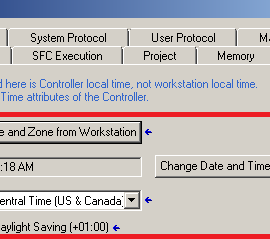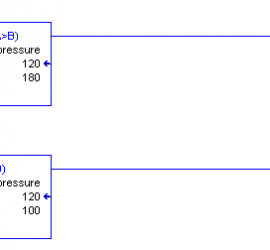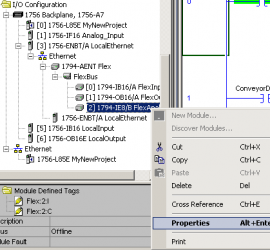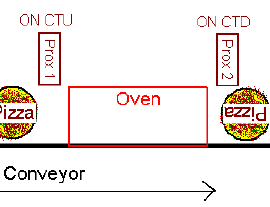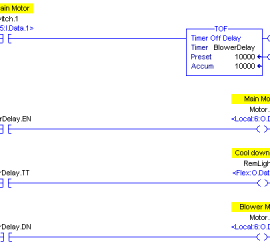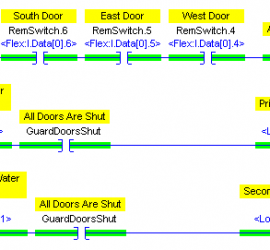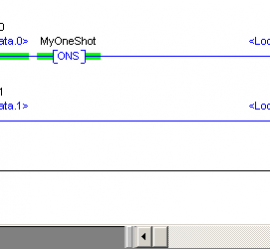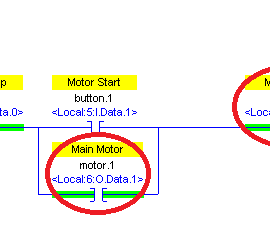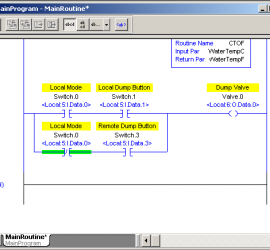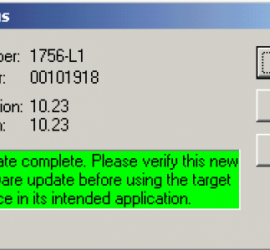ControlLogix GSV Command (WallClockTime) 11
Intdoduction to ControlLogix GSV Command (WallClockTime) In this post, we will discuss the ControlLogix GSV Command (WallClockTime). Earlier processors, such as the SLC-500 and PLC-5 had a data file dedicated to system status (S2). In the S2 file, you could find the data table addresses of system information such as the Read More »

